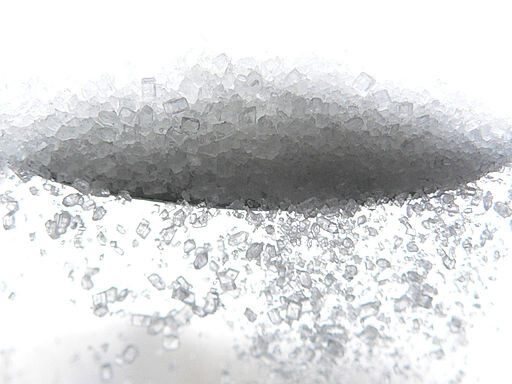Mobile Menu
- About Us
- Research
- Education
- Policy & Data
- News
- Resources
- Giving

The media’s focus on fructose obscures the bigger picture – how to eat healthfully, argue U of T Faculty of Medicine researchers
Sugar has become the new fat — blamed as the source of childhood obesity, diabetes and worse. Prominent scientists, such as the University of California’s Robert Lustig, say it’s toxic and that fructose in particular — a fruit sugar that has been used to sweeten soft drinks since the 1980s — is fueling the rise of chronic disease.
But a pair of U of T researchers want to put the brakes on the anti-fructose movement, saying there’s simply no evidence this form of sugar is worse than any other — and that sugar in general is not the smoking gun of the obesity crisis.
Fructose is the new demon, but it's no worse than any other sugar or refined starches," said Cyril Kendall, a Senior Research Associate in the Faculty of Medicine's Department of Nutritional Sciences. "And there is a place for sugar in a healthy diet. Just be rational about how much you eat, and be aware of hidden sources in processed foods.
Critics claim fructose is processed differently than glucose, which is absorbed by our body’s cells and converted to energy. Fructose, on the other hand, goes straight to the liver — often in overwhelmingly large doses due to our modern processed diet. The liver then turns a big chunk of it directly into fat.
But that research is based on animal models, note Kendall and his colleague, John Sievenpiper, a professor in the Department of Nutritional Sciences. In meta-analyses of human studies, they found that fructose had the same impact as other sugars on weight gain, cholesterol, fatty liver and other health problems.
“My concern with the sugar story is this: if we say we’ve got our bad guy now and it’s sugar, the food industry can load up the product with starch or unhealthy animal fats,” said Sievenpiper, who is also a scientist with the Li Ka Shing Knowledge Institute at St. Michael’s Hospital. “The calories will stay the same and we’re going to keep getting overweight and having the same issues with obesity, diabetes, cancer and so on.”
As for the sugar in fruit, whole fruit is always a healthy choice because it contains fiber to slow the absorption of sugar, he said. And a small glass or two a day of fruit juice is a reasonable amount, he added.
Sievenpiper believes food packaging should be more informative, and include information about the glycemic index, pioneered by David Jenkins, a University Professor in the Faculty of Medicine’s Department of Nutritional Sciences. The health benefits of eating lower-glycemic foods are standing the test of time, he said. And that’s another reason to stop demonizing sugar. White bread, he said, has a higher glycemic index than table sugar.
“It comes down to moderation,” said Sievenpiper, who believes that home economics courses should be taught in school again, to help people understand how to prepare healthful meals from scratch and avoid processed foods that are loaded with sugar, salt and fat.
But moderation could be tough for people who may not realize just how much sugar is packed into everyday foods, said Steve Hirsch, a lecturer in the Faculty of Medicine’s Department of Family and Community Medicine.
“It’s all about the super-size phenomenon — to me that’s the real culprit,” said Hirsch, author of the book Health First: Winning at Weight Loss and Wellness. “The food industry puts so much sugar in things, that we have no idea how many teaspoons of sugar we are consuming, and most would be shocked by the amount.”
When McDonald’s first opened in the U.S., soft drinks only came in seven-ounce cups, and cola was a treat for Saturday night, he said. Today, the standard size is 20 ounces at fast-food outlets, and up to 64 ounces at cinemas, which contains at least 48 teaspoons of sugar. The World Health Organization recently proposed guidelines limiting sugar to six teaspoons a day.
“I don’t believe sugar is the only Holy Grail for obesity,” said Hirsch. “But it’s a big one.”
